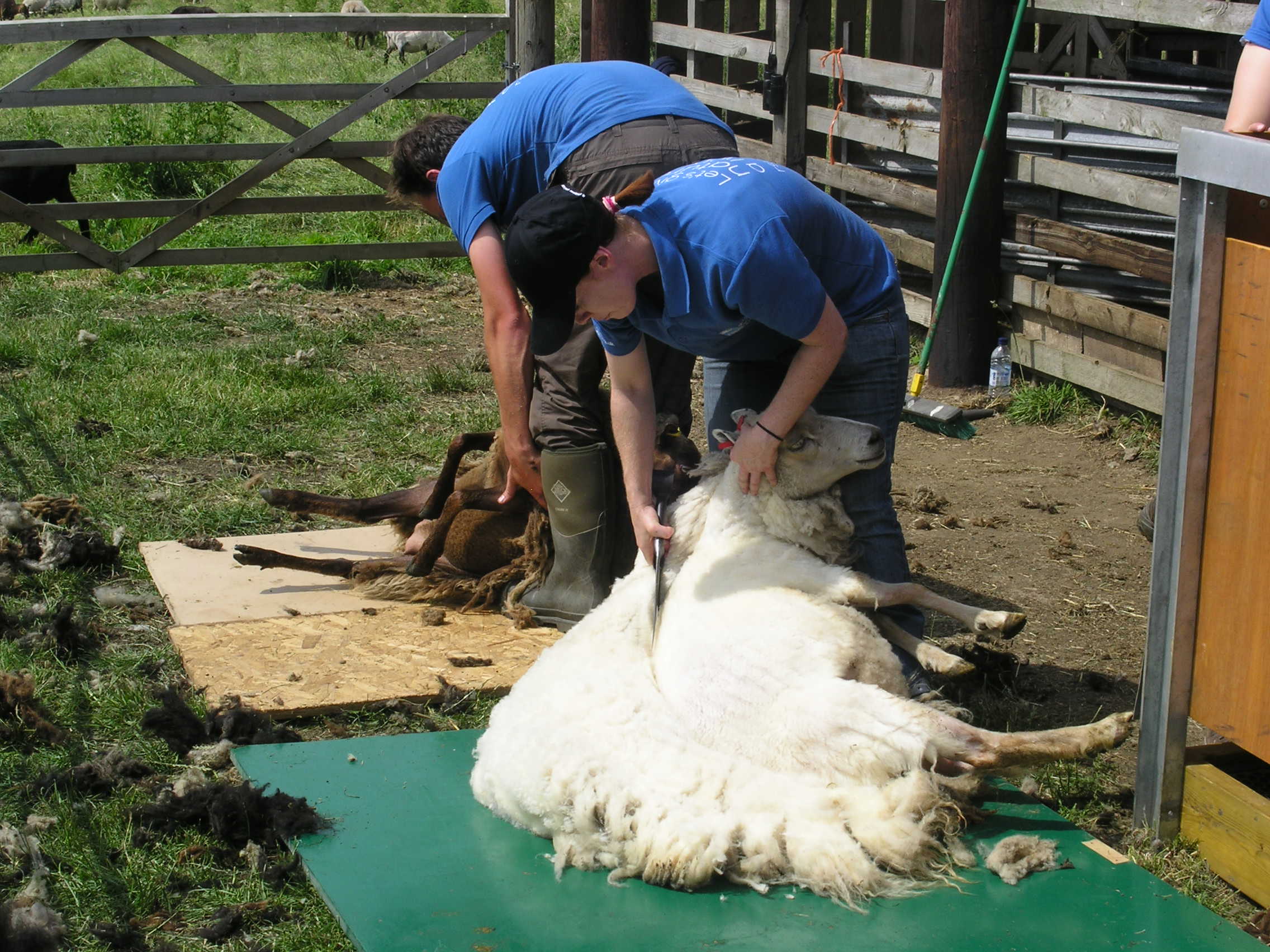It is once again the time for the sheep to lose their fleeces, so our Warden Emma, and her team of staff and volunteers, aided by a professinal shearer Jed, have started the task.
Today and tomorrow there is a full programme of shearing and related events - and in such wonderful weather.

Ed, assistant warden, and Emma shearing two of our Shetland sheep.